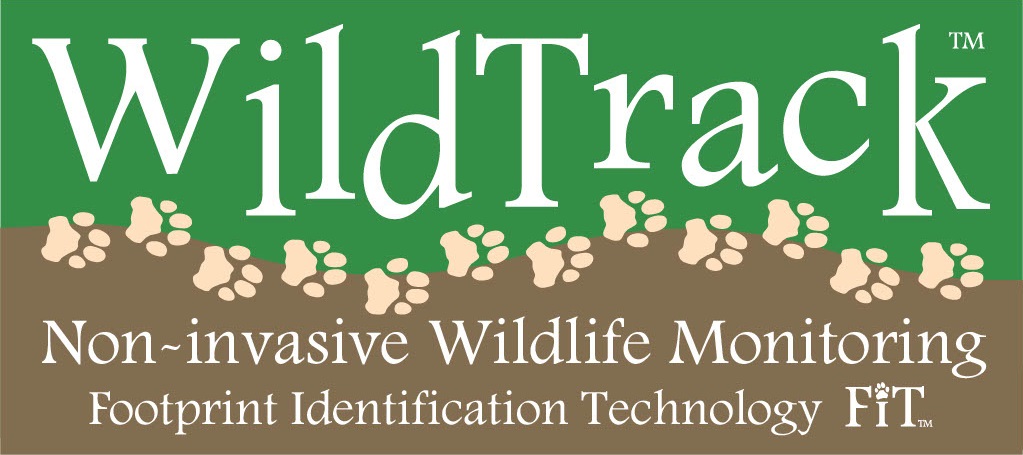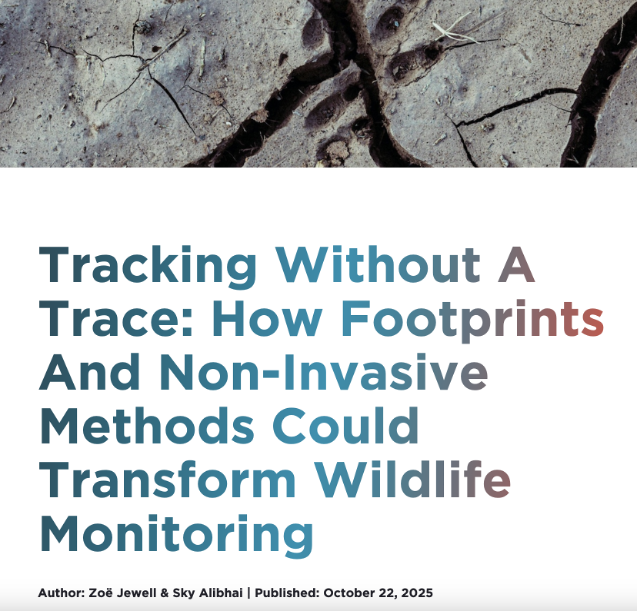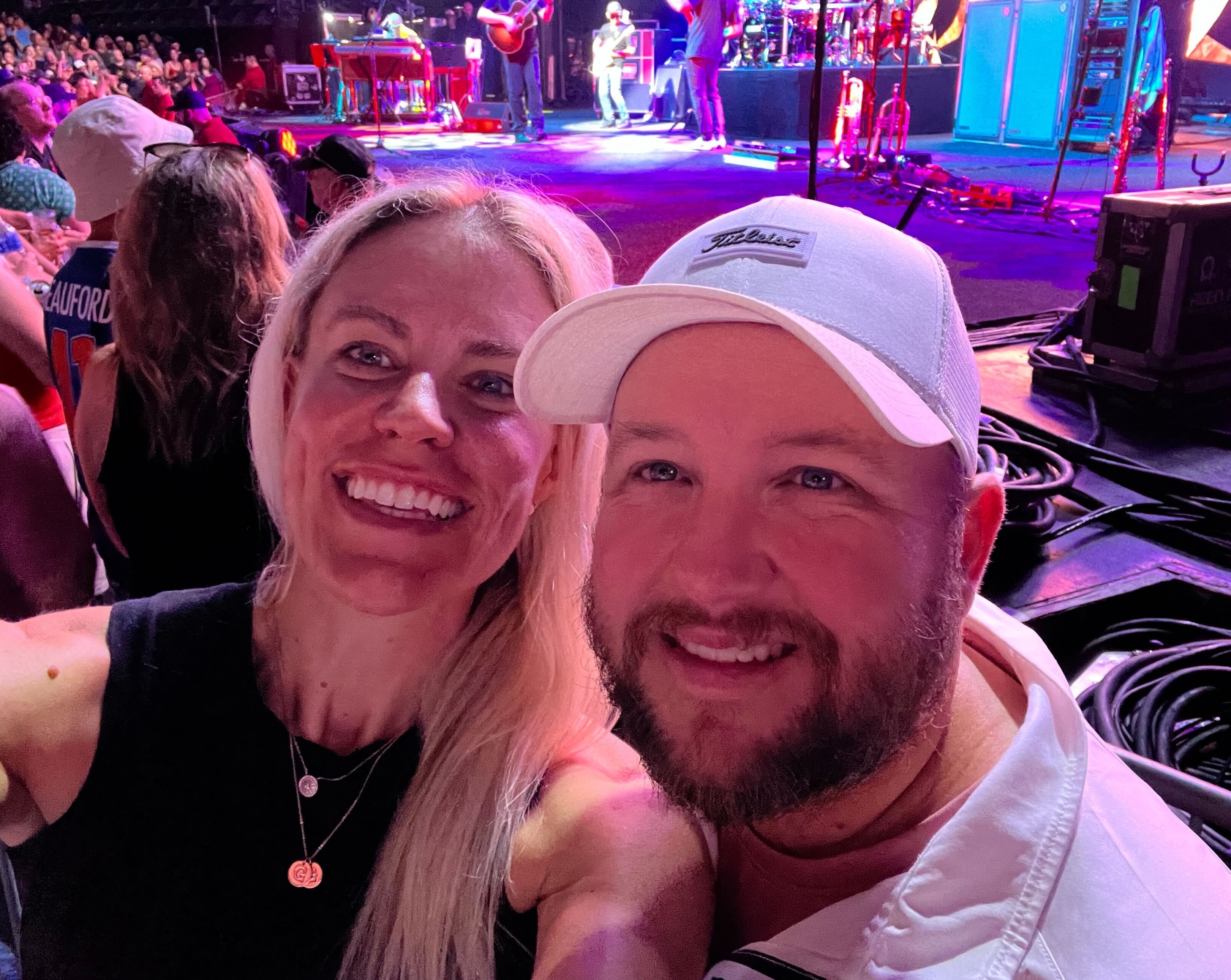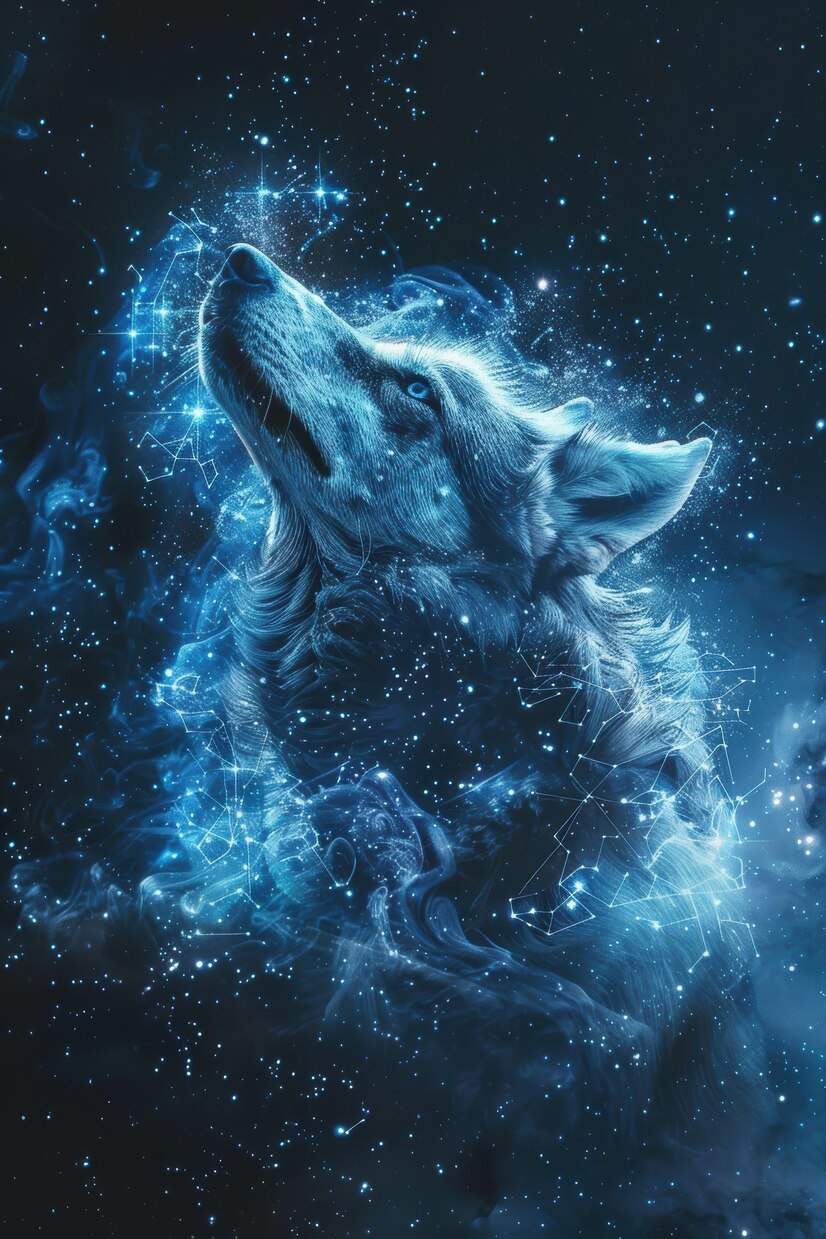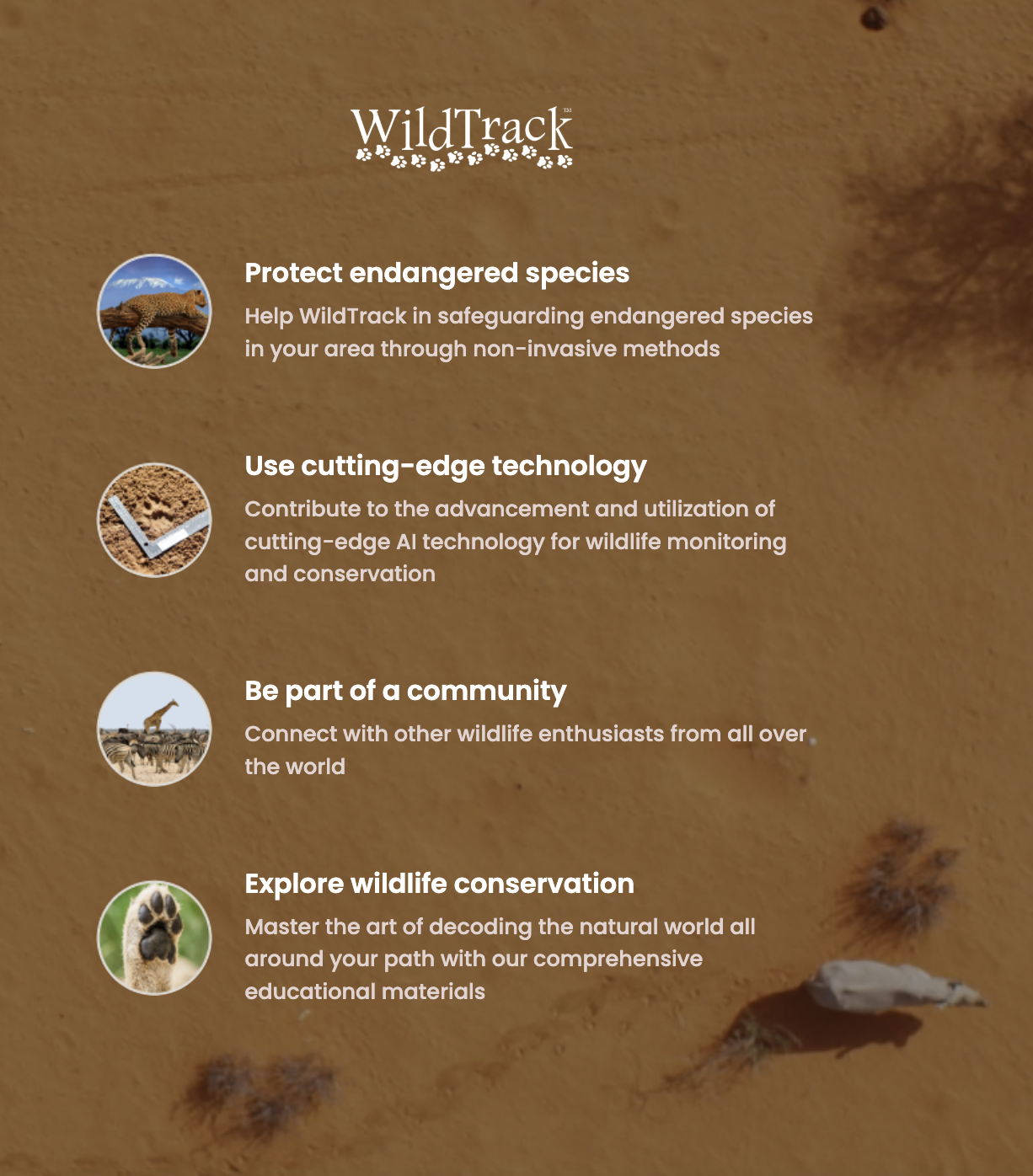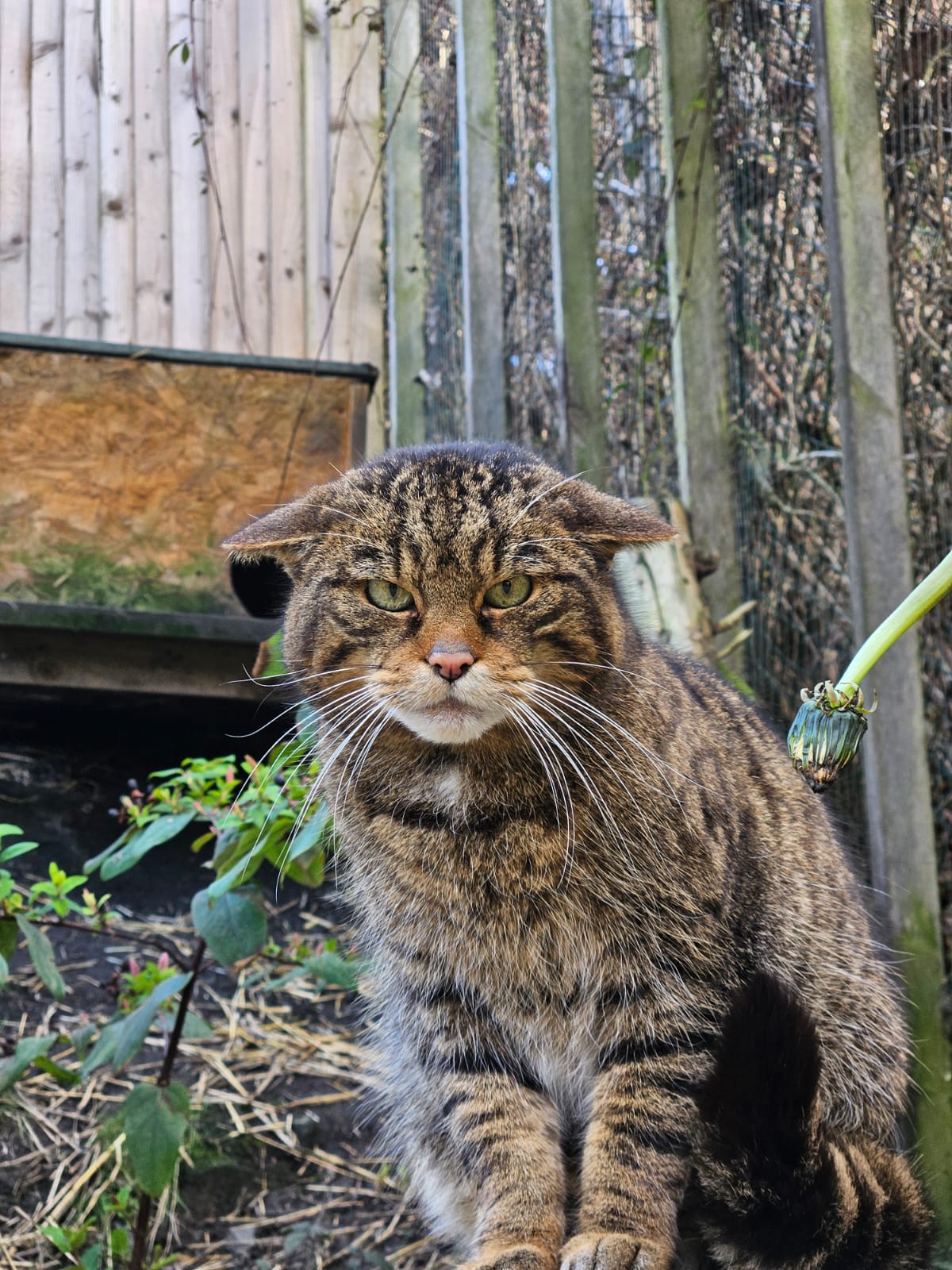Interview with Nida Al-Fulaij on the importance of monitoring small mammals
As part of our feature on small mammal monitoring, we interviewed colleague and WildTrack Specialist Group member Nida Al-Fulaij, Conservation Research Manager at the People’s Trust for Endangered Species (PTES), UK.
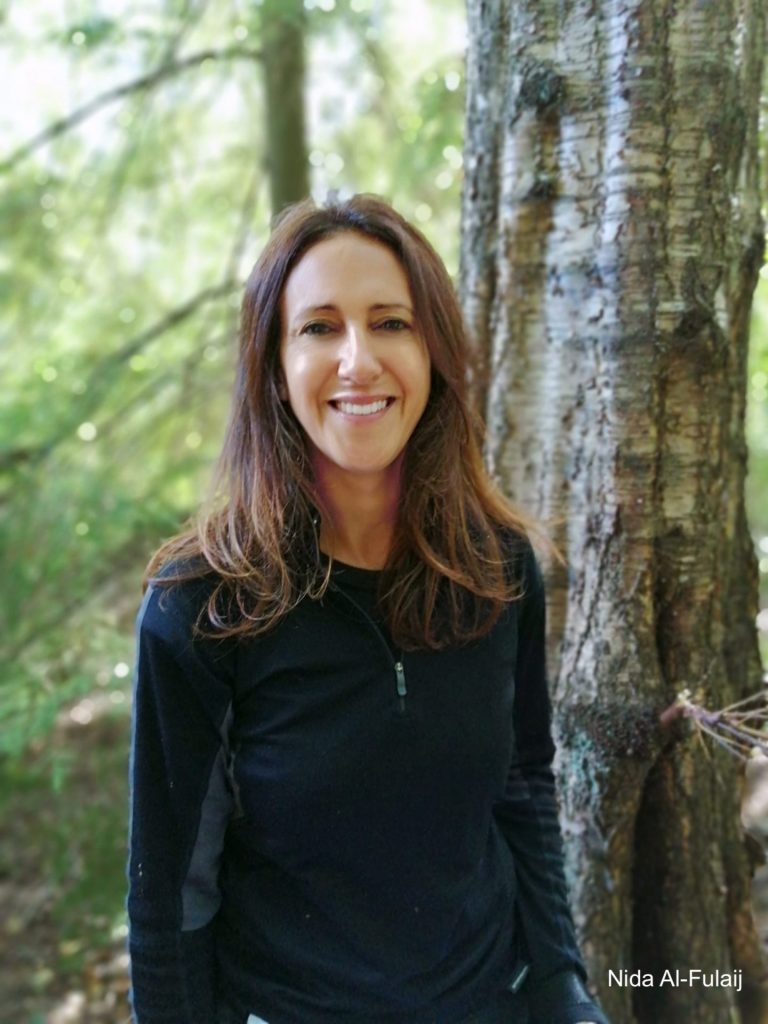
Nida, why did you get interested in studying small mammals?
In the UK, as you probably know, we have limited wildlife compared with many other countries. But the wildlife we do have was brought to life in the stories I read when I was younger. Jill Barklem’s Brambly Hedge series about a community of mice in a hedgerow through the seasons, Susan Varley’s Badger’s parting gifts, Beatrix Potter’s Squirrel Nutkin and Alison Uttley’s tales about Fuzzypeg the hedgehog. As you can see there’s a theme there about small woodland creatures with a focus on mammals in particular.
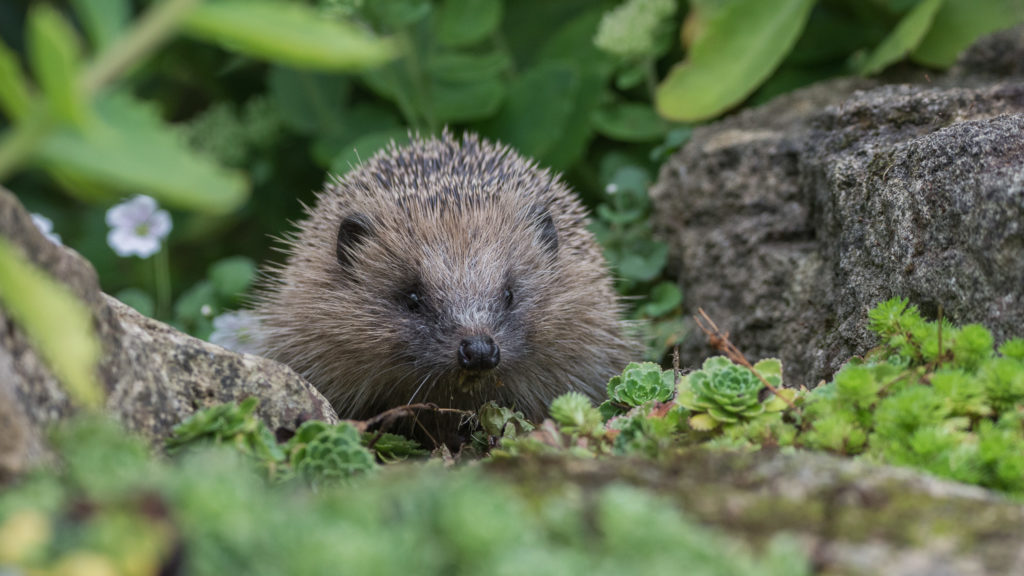
Garden Hoglet
What is your favorite small mammal and why?
I love hazel dormice and they’re probably one of the species I knew least about growing up. They’re nocturnal and arboreal which means the chances of stumbling across one in the wild are very slim. But naturalists in the UK devised a reverse nest box – like a bird box but with the hole at the back against the tree trunk. And we now use this method at sites across England and Wales to monitor the dormouse population.
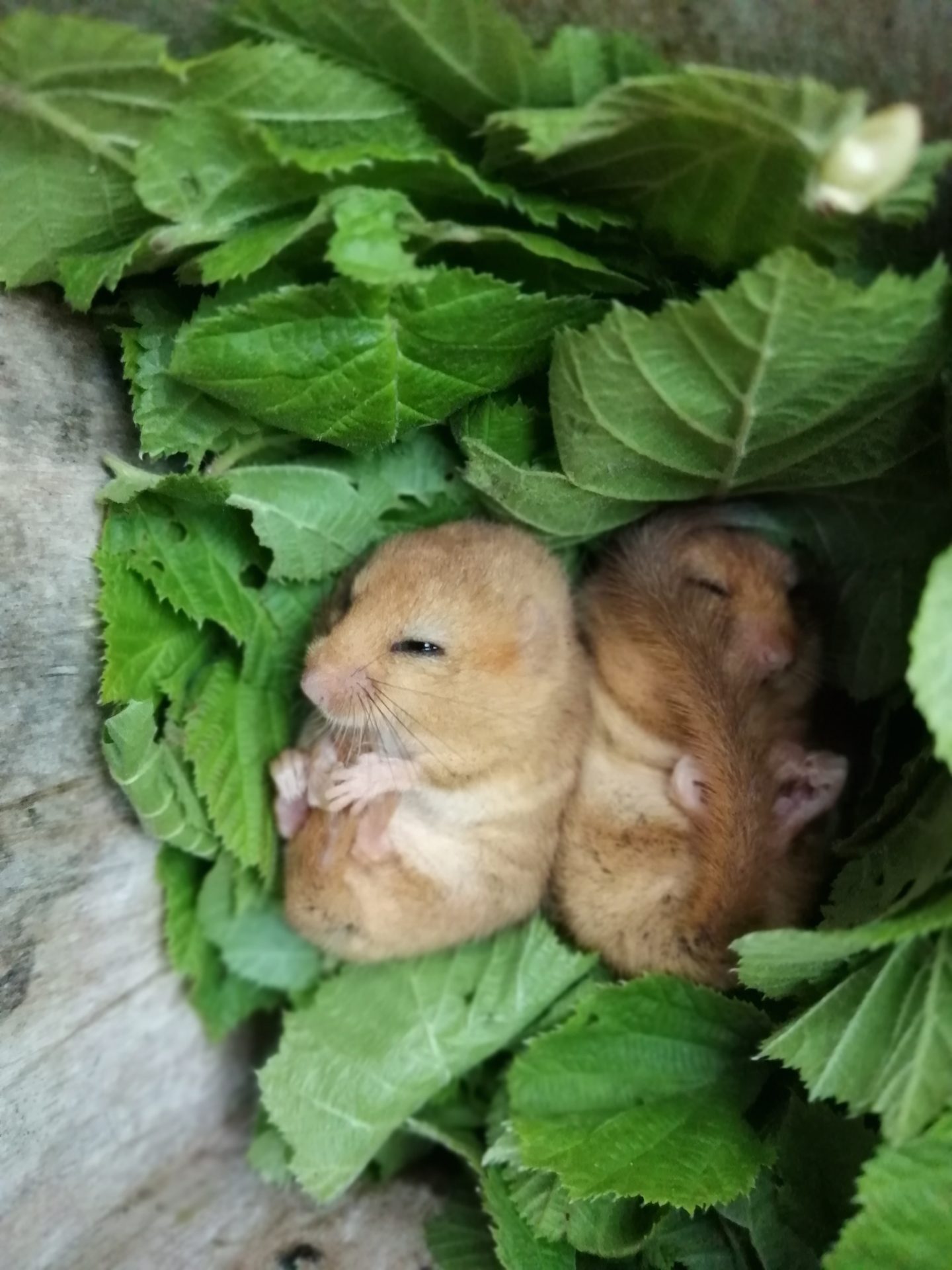
Hazel dormice, UK Credit: Nida AlFulaij
How are small mammals important to our ecosystem and what can they tell us about climate change?
Small mammals are critical to ecosystems and function as pollinators, seed dispersers and primary food sources for many species of prey. As our changing climate affects weather patterns on a local scale, the impact on all species needs to be well documented so we can be prepared to act. Different species will respond differently to our changing climate and therefore provide different indicators for us. Many of the species I work on – hazel dormice, hedgehogs and bats – are hibernators – which could make them particularly vulnerable to changing weather patterns – especially here in the UK where our weather can be much more erratic and less predictable.
What would happen if small mammals did not exist?
Although there are many fewer mammal species in the world than many other taxa, they’ve evolved over millennia to fill the critical roles they play in our many ecosystems. Not least being prey for so much of our larger wildlife. Owls rely heavily on voles, wood mice and shrews and foxes and wolves readily hunt rodents and rabbits.
“Of the roughly 5,500 mammal species known to exist today, almost 3,000 are small mammal”
Along with birds, seed caching rodents play key role in consuming and dispersing seeds for many plant species. Fossorial species help bioturbation of soils and their consumption of insects keeps their numbers in check. Without small mammals our world would be a very different place.
Have you seen any significant changes in small mammal behavior recently and what could it mean?
Unlike birds and plants, mammals are really difficult to monitor and keep an eye on. Each species has a unique set of behaviours which means developing a study to understand how they’re doing is complicated. Now is a critical time to understand how our small mammals are responding to changes in weather patterns. Do warmer winters lead to shorter periods of hibernation? Are phenological changes impacting breeding success? Are shorter windows of food abundance leading to more competition between species?
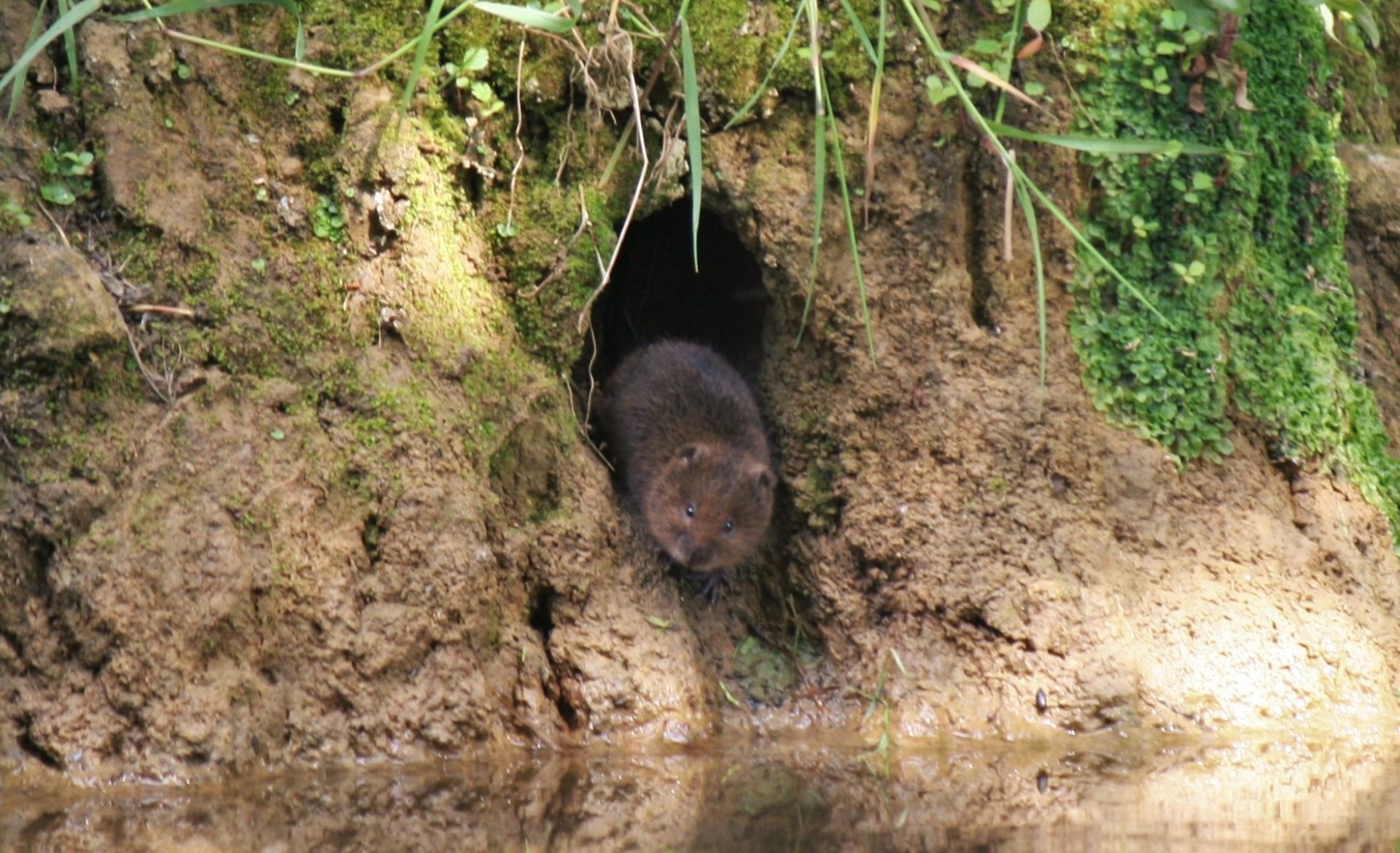
baby water vole in burrow. Credit: Emily Marnham
You’re leading a new WildTrack small mammal group! What do you hope to accomplish?
Working with WildTrack is going to be really exciting. It would be great to develop a method for knowing how all our shrew and voles species are doing. Currently we collect data on them when we’re surveying for other more threatened species. But we need to develop a method that let’s us know how all our species are doing, and track plates are an ideal tool for this.
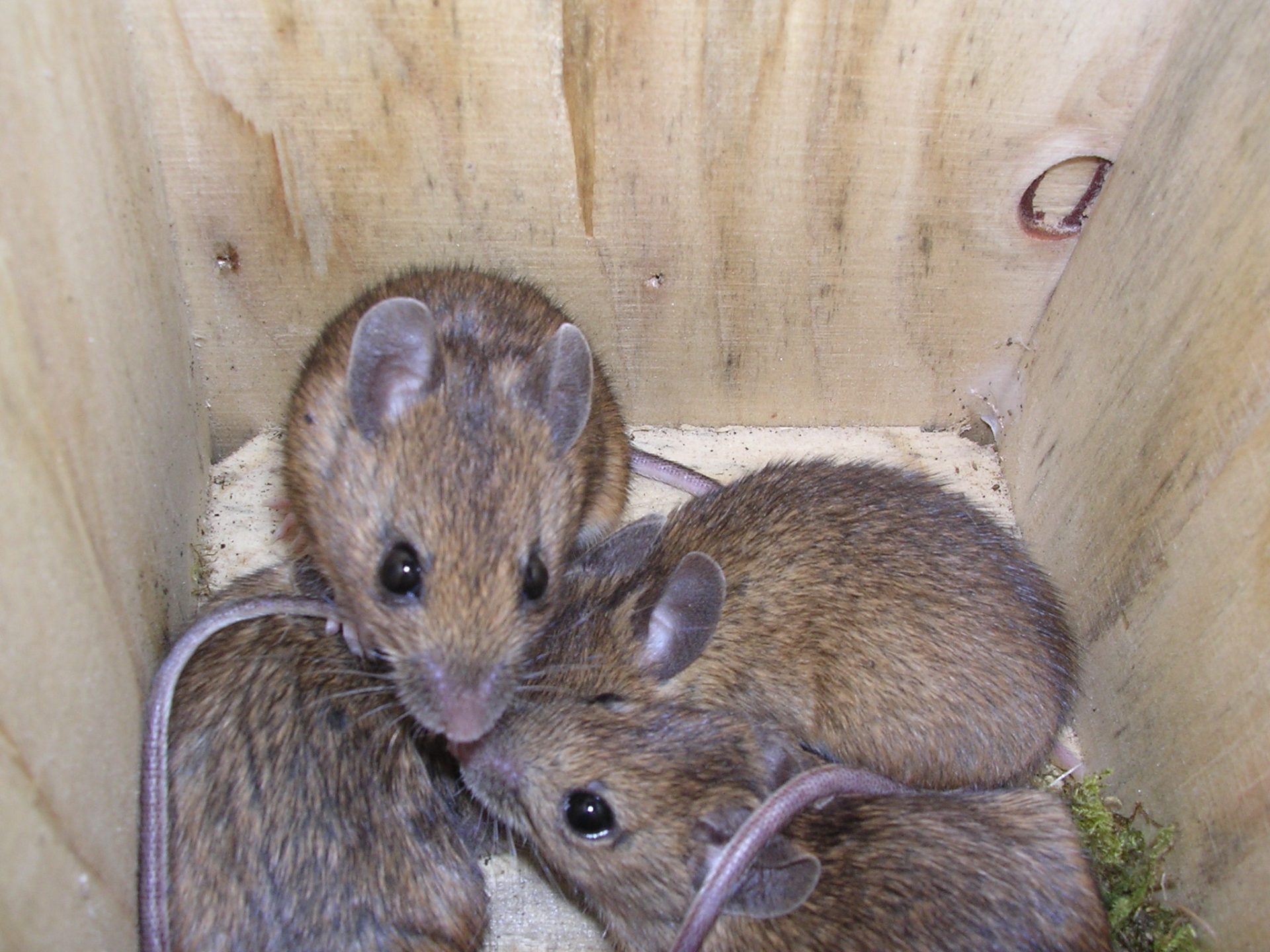
Young wood mice. Credit: Susan Sharafi
We’re also keen to see whether it’s possible to identify individual small mammals and therefore use track plate data to get an idea of relative abundance at a site. If we can do that, we will be making great strides in understanding how our small mammals are faring, and where we need to intervene.
